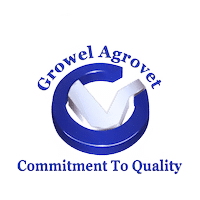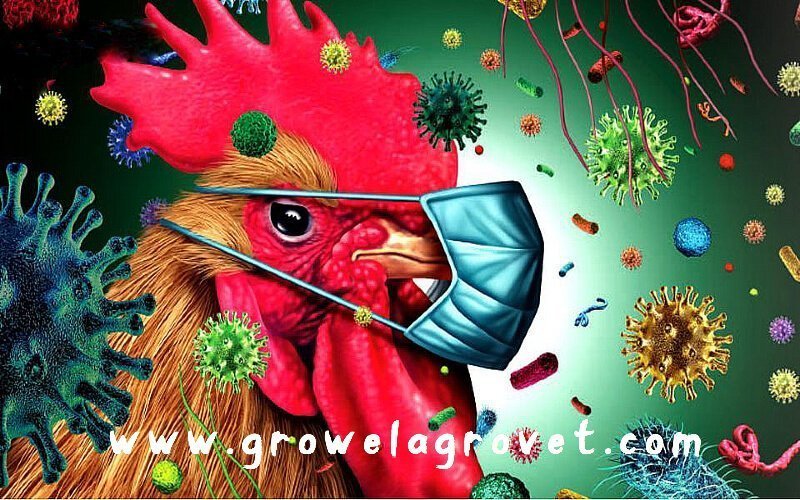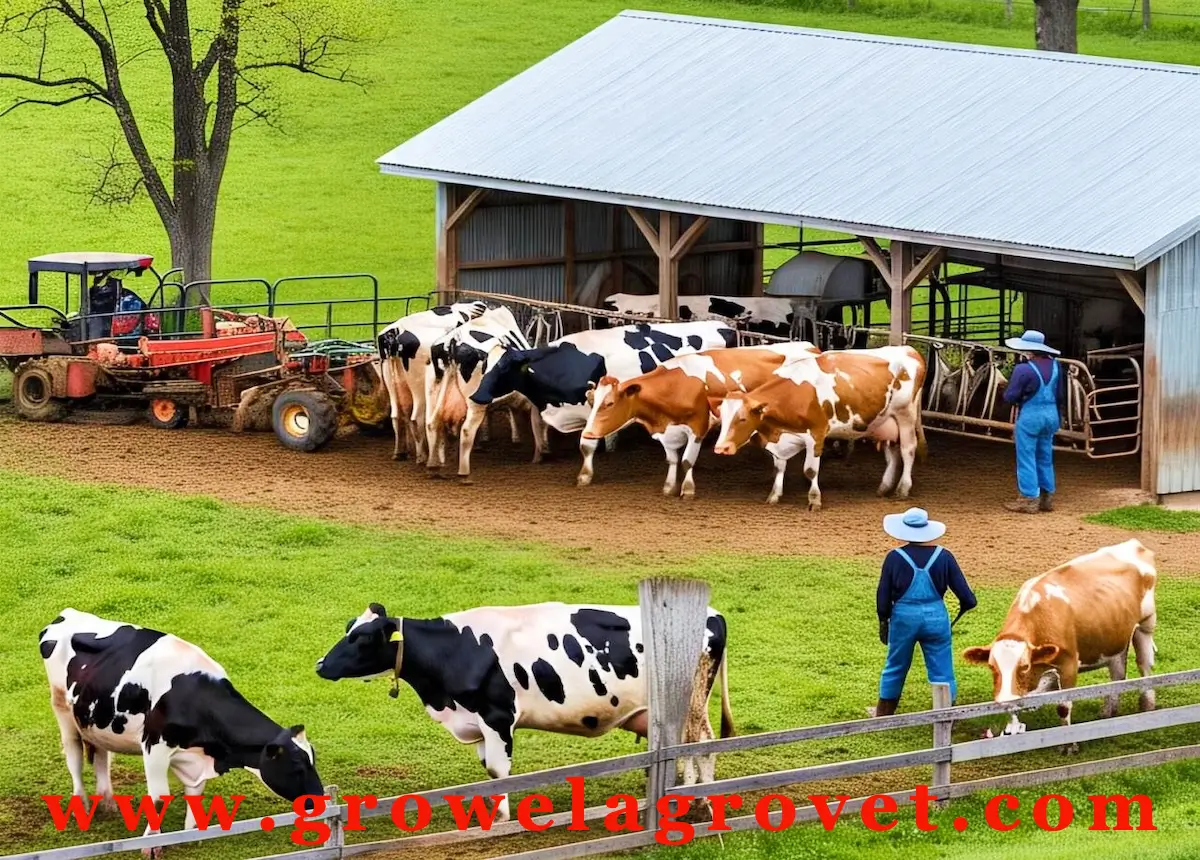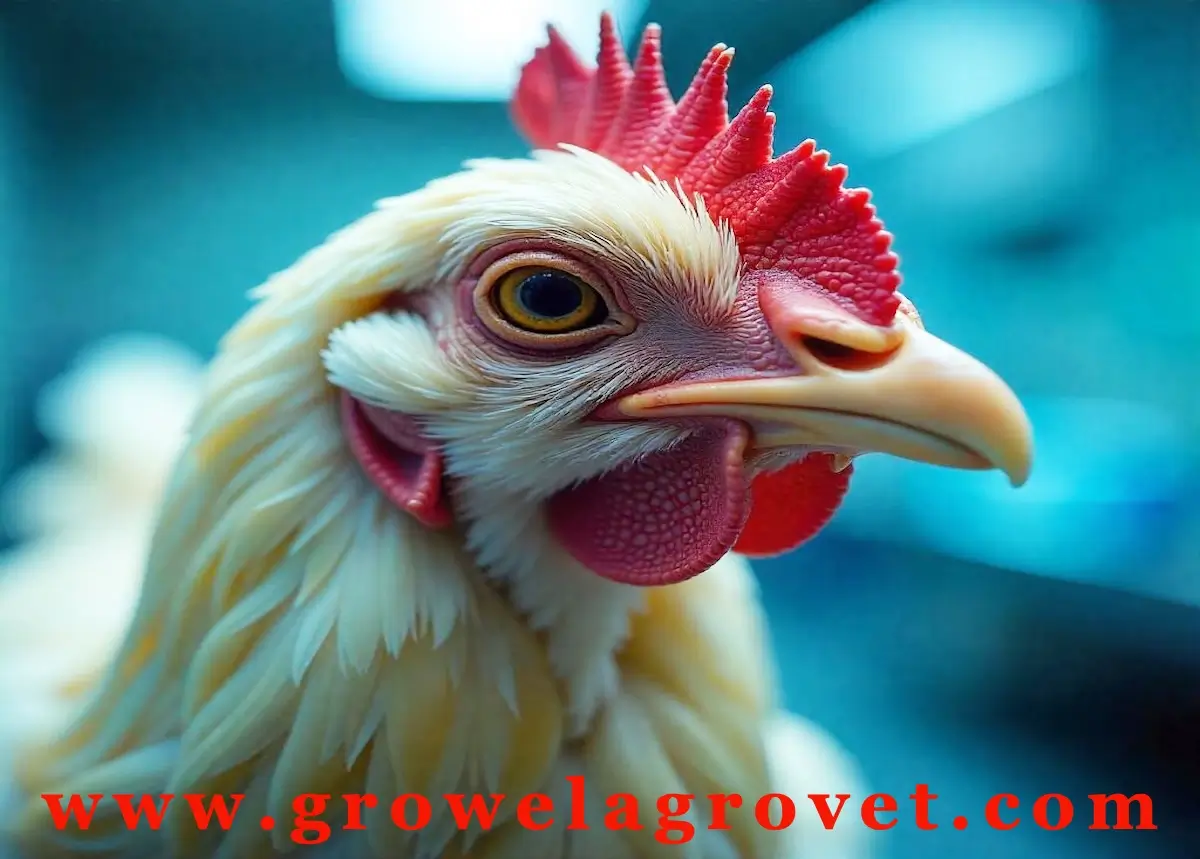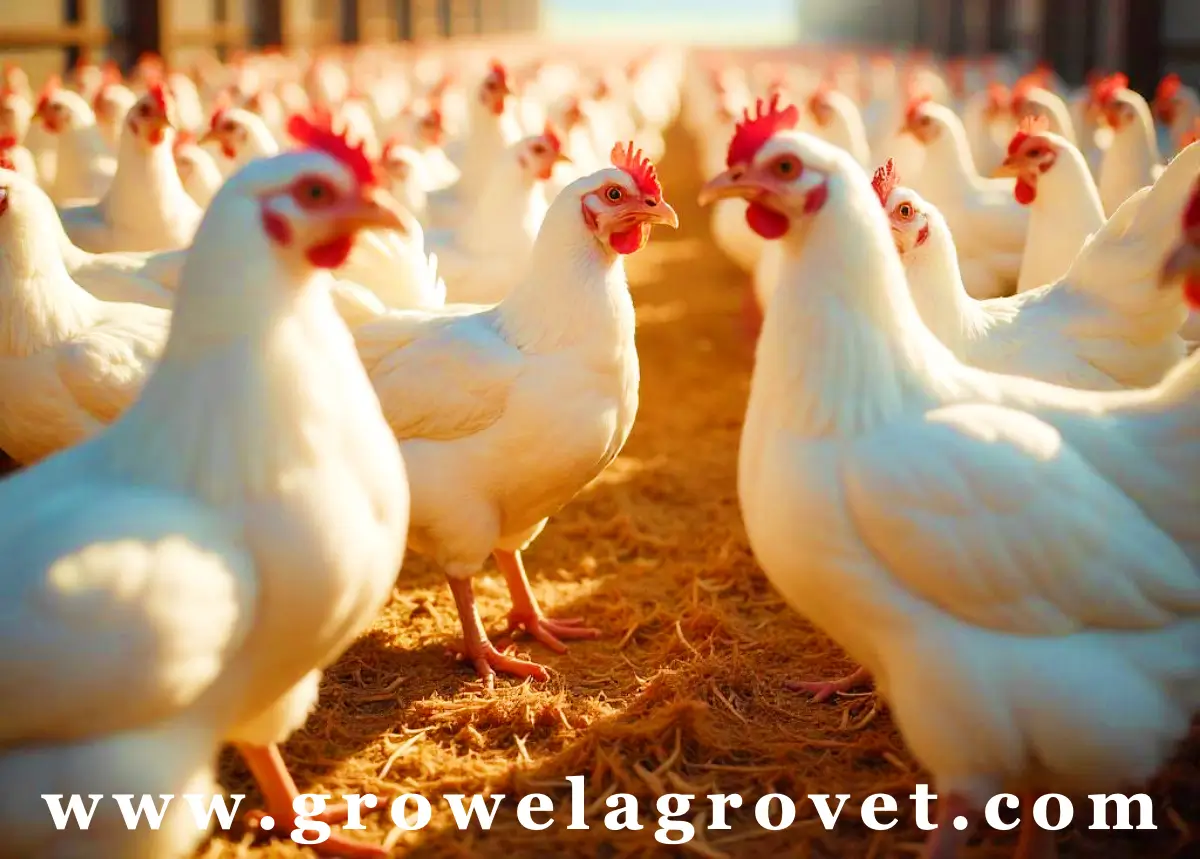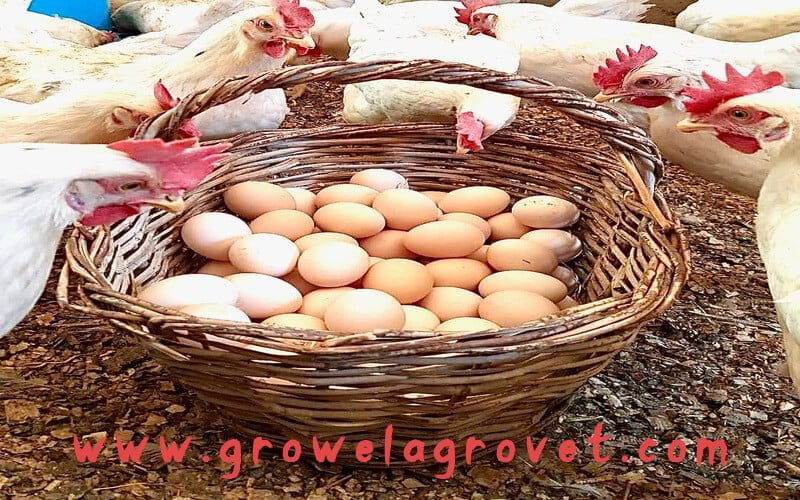Biosecurity in poultry and farm hygiene practices are implemented at breeders ,broiler & layer farms to reduce the risk of disease agents moving on to farms from outside sources the movement of disease agents between sheds on the same farm, carry over of disease agents from one batch to the next in the shed environment, and carry over of disease agents from breeding flocks to their progeny via the eggs. Farmers take a range of precautions to prevent entry of diseases into breeders ,broiler & layer farms.
Let us have a look of cause and solution for biosecurity in poultry farming .
Contaminated People :
People who visit your poultry farm and enter the production area (including sheds and free-range areas) can potentially be carriers of disease and food safety pathogens that may threaten the health and productivity of your flock.
Diseases or food safety pathogens may be carried through visitors at the farms through the following objects:
- Hair and hands
- Clothing
- Footwear
- Personal items such as mobile phones and shoes.
Visitors can include neighbours, contractors, suppliers, vets, delivery drivers maintenance and service personnel.
To reduce biosecurity in poultry risks from visitors you should:
- Shut the gate to your property and lock whenever practical.
- Place a biosecurity sign at the entry gate that contains information on how to contact the farm manager before entry.
- Check where your visitors have been and if they have had any contact with other poultry or birds in the last 2 days. If visitors have been overseas this may increase to 7 days.
- Keep a visitors log outlining details of visitors’ name and date and recent contact with poultry.
- Restrict access to your poultry unless necessary.
- Provide protective clothing, footwear and hand-wash for visitors that come inside your production area.
- Ensure that visitors sanitise their hands, wear protective clothing and clean and dip each foot in a foot-bath containing disinfectant before entering sheds and range areas.
- Ensure to replace the footbath when dirty.
Showering before entry and changing into freshly laundered clothes and farm boots, and then showering out, is the highest level of protection for poultry production facilities. If visitors have had recent contact with other poultry, this option should be used.
Contaminated Vehicles & Equipment:
Vehicles and equipment are a high risk for spreading pathogens, to reduce this risk:
- Only have 1 entry point for vehicles.
- Have a designated visitors parking area that is well signed and located outside of the production area.
- Don’t share equipment between properties—if this is unavoidable, make sure that all equipments are cleaned (removing all visible dirt) and disinfected before and after use.
- Never share or re-use cardboard egg fillers or cartons.
- Don’t allow delivery vehicles to come inside the production area—if this is necessary such as for feed and gas deliveries, then drivers must NOT enter sheds or ranges.
- Thoroughly clean and disinfect all housing, sheds and equipment between batches.
- Clean and flush drinkers and feeders regularly with Viraclean .disinfectant.
- Clean and disinfect egg grading and washing equipment after use.
Wild Birds:
Wild birds and waterfowl can be carriers of diseases and food safety pathogens, such as avian influenza and salmonella. Keeping a poultry farm free of wild birds may be difficult.
To make the property unattractive to wild birds:
- Only plant trees and shrubs that are non-flowering or non-bird attracting
- Limit the amount of surface water on the farm
- Make sheds that house poultry wild bird proof
- Only provide feed and water for your flock indoors.
Feral Animals, Insects, Vermin, Domestic Livestock & Animals :
Insects, such as darkling beetles, and rodents can be carriers of infectious diseases and food safety pathogens such as campylobacter and salmonella.
In all poultry farms, it is important to:
- Have a rodent control plan in place that is regularly monitored and baits replaced as required. Bait stations should be positioned around the outside of the sheds and range areas and should not be accessible by other animals
- Clean up any feed spills as soon as possible and keep the property neat and tidy with grass mown around sheds and range areas
- Store feed and bedding in a vermin proof area to avoid contamination from rodents and wild birds
- Treat insects with Viraclean
- Fence the range area with stock proof fencing to keep out livestock and feral animals.
Do Not:
- Allow domestic animals inside poultry sheds or range areas. If using guard animals in free-range situations make sure they have been tested to ensure they are not carriers of disease before placing them with your flock.
- Graze livestock immediately surrounding the poultry sheds and range areas.
Other Poultry:
New birds are the most common way to introduce disease into your flock. To reduce disease coming in with new birds you can take the following measures.
- Have an all-in and all-out policy (single-aged flock). This allows time to clean and disinfect all housing and equipment before new birds come in.
- Obtain new birds from a reliable hatchery of healthy stock and request vaccination certification.
- Only buy young birds, as older birds are more likely to carry disease.
- Dispose of dead birds in an environmentally approved method. If collected from a contractor, have your storage and collection point located as far away from the sheds and range as possible so that the collection vehicle does not enter the production area. Never feed dead poultry to domestic animals.
- Quarantine new birds from your existing flock for at least one month as you may spread disease from one to the other. Watch for any signs of illness, lice or mites.
- If exhibiting birds, make sure you do not take any birds to a show if there are any signs of illness in your flock, even if the birds you are taking appear well.
Feed and Water for Poultry :
Feed and water can also be a source of contamination. Disease carrying rodents or wild birds may contaminate feed, while droppings and excretions from wild birds or waterfowl may be the source of contamination for open water sources such as dam, tank and river water.
Any water used for drinking, shed cooling and range irrigation on a poultry farm must meet the microbiological standards Always use drinking water treated with Aquacure.
To reduce biosecurity risks associated with feed and water contamination:
- Always source feed from reputed feed company.
- Have all water used for poultry should be treated with Aquacure
- Treat all surface water and once treated with Aquacure , store it in a closed system, from the point of treatment to the drinker to prevent re-contamination
- Check and record chlorine and treatment levels regularly.
Litter Management :
Litter can introduce food safety and disease pathogens onto a property. In particular, wet litter can encourage the growth of food safety pathogens. To reduce the risk of litter being a source of disease:
- Purchase litter from a reputable supplier and have it delivered in clean, disinfected lorry.
- Don’t source litter from treated timber.
- Source litter from a clean, dry, biosecure storage site, free from contamination by rodents, birds, animals and residues.
- Reduce wet litter by managing drinkers, ventilation systems and working litter as necessary.
- Regularly spray Viraclean in litter.
Air Quality :
Having a good buffer distance between other poultry farms and piggeries will help to reduce any impact from airborne spread of disease. The minimum distance should be at least 1 km. between other poultry farms and at least 5 km from breeder farms. Planting non-bird attracting trees and shrubs as strategic windbreaks can also act as a barrier.
Biosecurity in poultry farming is critical to the future of the poultry industry. While there are vaccines and antibiotics to assist, it will be necessary to prevent and eliminate disease agents if the poultry industry is to prosper. Biosecurity will determine the success or failure of the industry in the region. Thus, it must be fully understood and strictly implemented. Biosecurity is simply a plan to prevent the entry of a disease agent onto a farm and spread among farms. Mostly this is common sense, but a basic understanding of how diseases enter a farm, persist in farm and are disseminated needs to be understood so control can be approached scientifically. Biosecurity in poultry must be approached from a country wide perspective to be truly effective.
You should also read Prevention of Poultry Diseases
If you are into poultry related business & want to earn maximum profit in your business then please join our Facebook group How To Do Profitable Poultry & Cattle Farming ?
